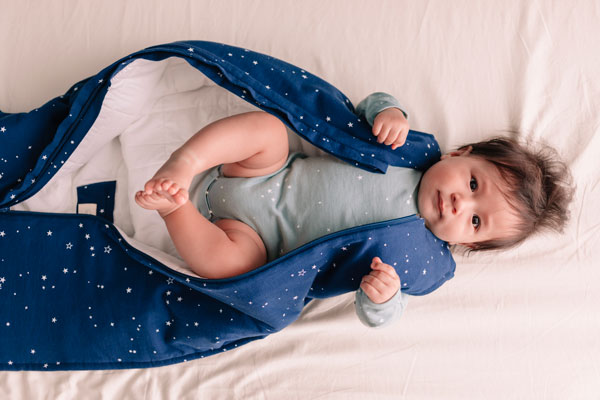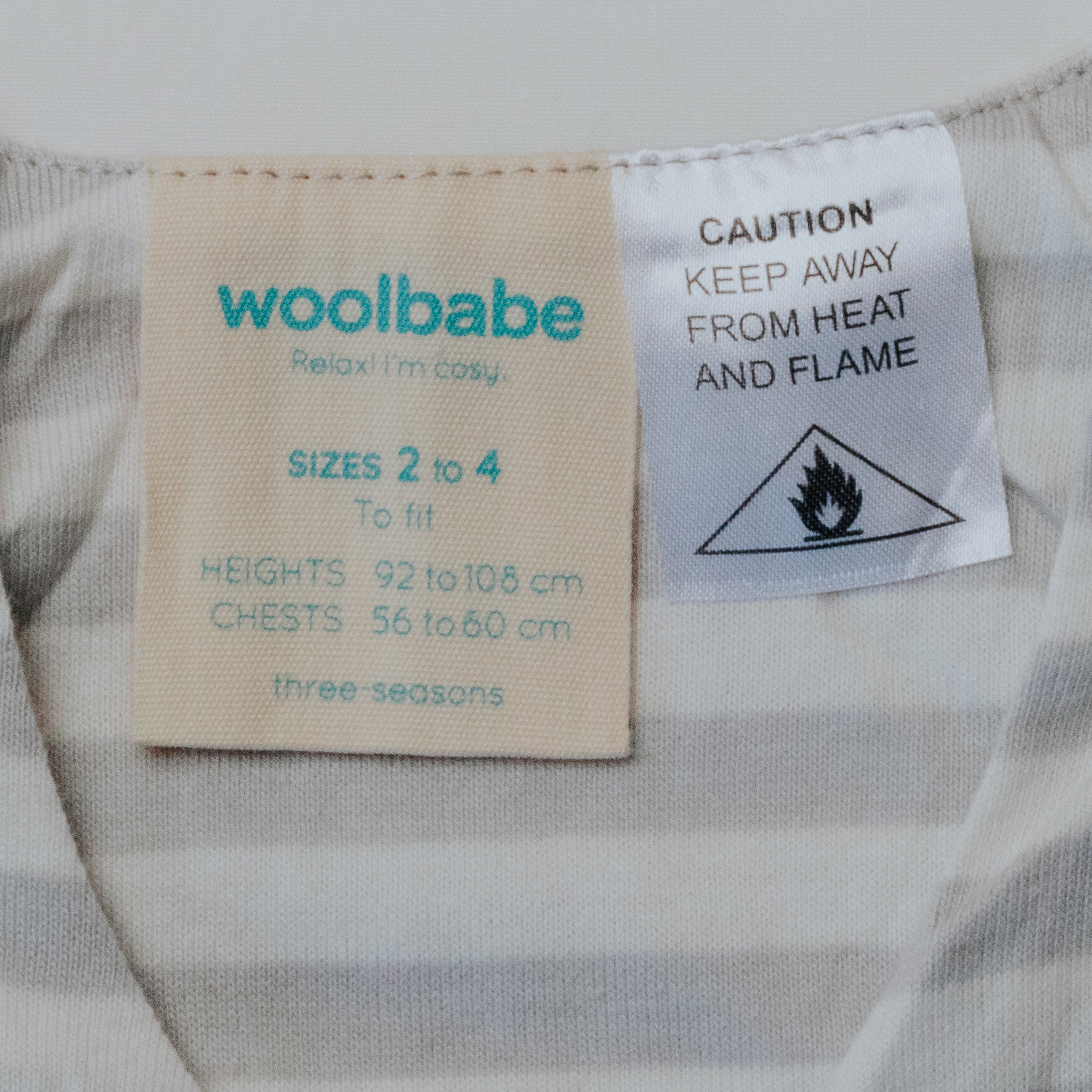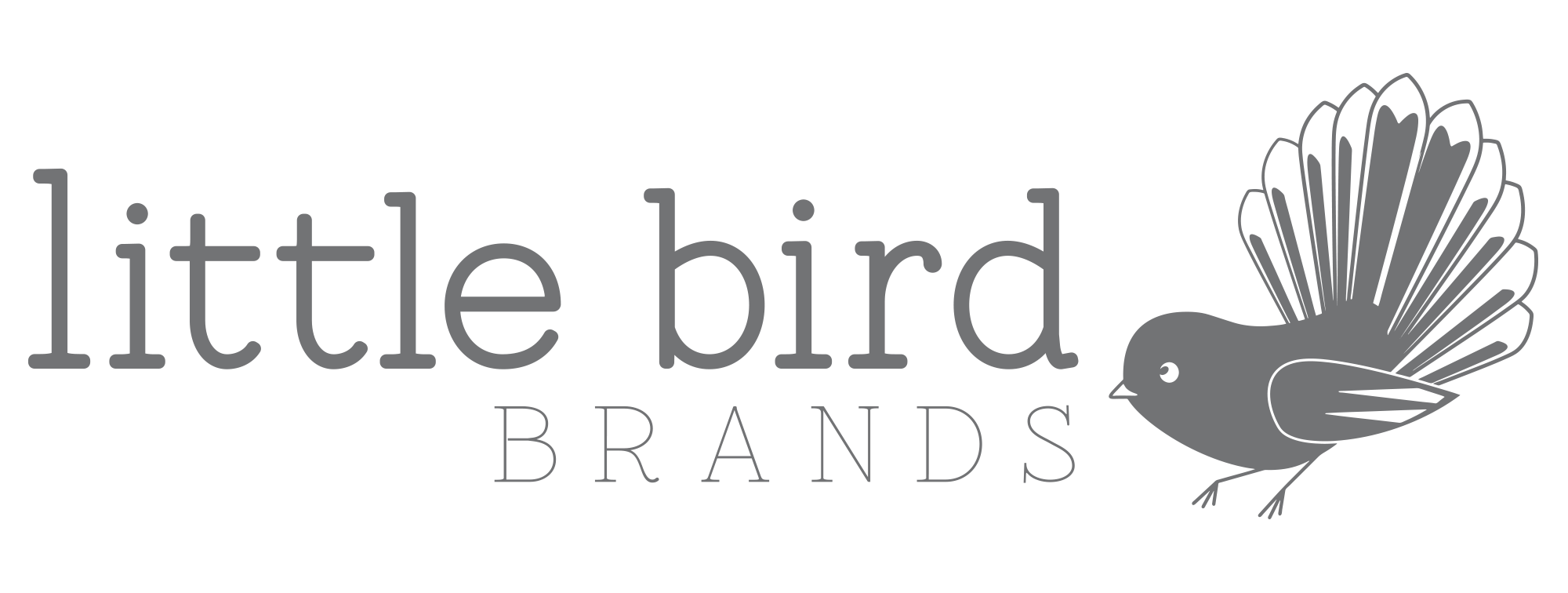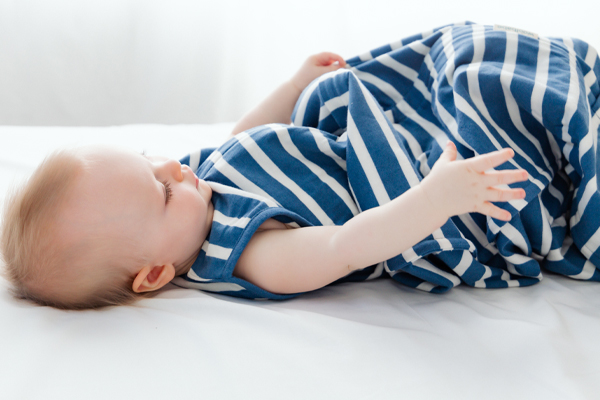Nightwear Safety Standard - Retailer FAQ
As a retailer of children's products, it's essential to understand your obligations with various safety standards. While New Zealand is a very unregulated country compared to The States and Europe, children's nightwear is one of the areas where there are very strict requirements.
AU/NZS 1249:2014 Children's nightwear and limited daywear having reduced fire hazard is available to purchase from Standards New Zealand, and we highly recommend having your own copy. This is an absolute essential if you manufacture products or source them from overseas suppliers.
If you are a retailer, you can refer to the Factsheet from the Commerce Commission for basic information. Read this page and there's a link at the bottom for the factsheet.
Where you purchase from a distributor or brand within New Zealand or Australia, theoretically you should be confident that the products meet the legal requirements to sell locally. However in our experience this is not always the case as many distributors appear to think that meeting an EU or US standard is good enough. So as a retailer, you are legally required to ensure that everything you sell in your business meets the relevant standard.
Is this legal advice?
Nope! We strongly recommend you take legal advice and have your own copy of AU/NZS 1249:2014 to thoroughly understand your legal obligations regarding selling children's nightwear. This content below is based on my knowlede of working within this standard since it came into force in 2017 and is based on the guidelines we follow for our various businesses.
What products are covered under AU/NZS 1249:2014?
Basically sleepwear, sleeping bags and related products like bath robes are included. Products that children may wear before, during and after sleeping, that are at risk of catching fire and burning the child.
- Sleeping Bags with arm-holes or sleeves - from 6 months
- Swaddles that have arm-holes - from 6 months
- Zipsuits from size 3 and upwards
- Children's nighties
- Pyjamas from 6 months up
- Bath robes, hooded towels and ponchos that have sleeves or arm-holes
- Blankets that have arm-holes or sleeves
- Nightwear separates or tops and pants that are sold as nightwear
- Boxers shorts sold for sleep

What products are NOT included in AU/NZS 1249:2014?
The following are products which people may think are included but are not:
- Camping style sleeping bags
- Swaddles where arms are only in, eg Love to Dream that are not Transition
- Swaddles which don't have arm-holes, eg Miracle Blanket
- Bodysuits, singlets and other underwear
- Zipsuits up to size 2
- Newborn baby gowns
What are different fire labels and categories in AU/NZS 1249:2014?
All products that you sell that are covered by this standard must meet the requirements outlined in the standard.
You must understand the 4 categories of products in the standard and therefore which fire label should be applied to the products.
Here's a quick summary:
Category 1
Sleeping Bags and other nightwear garments that are made from low fire danger fabric, as shown by a flame spread test. Merino items and all woolbabe sleeping bags and sleeping suits meet the flame spread test and can have the white fire label. Side-zip bags are permitted for this category provided they meet the flame spread test requirements, ie over 12 seconds burn time.
Category 2
This is basically pyjamas and onesies that low fire risk by the nature of their shape, rather than their fabric. So skinny fitting pyjamas and zipsuits can have the white fire label. There are 'dimensional requirements', ie a lot of complicated measurements to determine whether garments are sufficiently close fitting.
Category 3
Garments with nap & pile (eg furry or fluffy type garments) - The requirements are complex here, you will need a copy of the standard! We don't sell any category 3 garments at Little Bird Brands.
Category 4
These carry the red fire label due to the fabric or the style of the design. This includes all sleeping bags that do not meet the flame spread test requirements for category 1. Side-zip sleeping bags are only permitted for this category if they are permanently sealed along the bottom. Looser fitting pyjamas such as older style flannelette PJs will be in this category and need red labels.
Note there are also products which are so loose fitting or the fabric is so flammeable that they cannot be sold even with a red fire label.

What do retailers comply with the standard in bricks and morter stores?
You must ensure that all nightwear you sell (eg all the products outlined above) has the correct label permanently fixed onto all garments you sell and meets all the requirements of the standard.
The fire label must be visible on all products. So if the it packaged, there should be a tag or label on the outside of the packaging so it is visible to the person buying the item if the neck label cannot be seen.
Note this requirement applies to new and second-hand items you sell.
What do online retailers need to do to comply with their legal requirements?
You must ensure that all nightwear (eg all the products outlined above) must have the correct label permanently fixed onto all garments you sell and meets all the requirements of the standard.
You must display the correct fire label information on each relevant product page on your website. For example, on all product pages selling woolbabe products, you are legally obliged to display the white fire label.
Note this requirement applies to new and second-hand items you sell, whether you sell on your website or through social media.
How do you recommend that you display the labels online?
Our recommendation is that you display the label both in your description AND as an additional image. It is up to you whether you show the actual label in the garment or an image of the label.
Just ensure it is the correct label that is also physically in the garment!
It is important you have a clear process to ensure this is covered by whoever does your website merchandising. You may be able to automate this, eg we have an attribute where we select 'no label', red or white and then the correct label automatically shows as an additional image.
We will also provide clearcut images with the fire label shown alongside the pyjamas or sleeping bags.

What happens if my business doesn't comply with the requirements of AU/NZS 1249:2014?
You may get a letter or a call from an investigator at the Commerce Commission. Many retailers in New Zealand have been required to recall products or have been fined. It's worth knowing the maximum fine for breaches of this safety standard is $650,000.
So yes, it's important to take this serioulsy for both the safety of children and to protect your reputation and bottom line!
What other safety standards and legal requirements do I need to be aware of?
Here's an overview from the Commerce Commission - click here
The standard that most people importing products to New Zealand seem to forget about is the NZ Toy Safety Standard. Toys sold in New Zealand must meet the NZ legal requirements, not just meet overseas standards. So be aware of what you choose to import and have you had it tested or seen a test report that shows the product meets the NZ Toy Safety Stadard, particularly categories 1, 2 & 3.
Under the Fair Trading Act, there are requirements for care labelling, country or origin and fabric composition.
There are also very complex requirements for selling electrical products in New Zealand. Rest assured that all YogaSleep and Crane electrical items have underdone very thorough compliance auditing, both companies have international compliance managers and all labelling requirements have been taken care of you.
So what needs attention from things you buy from Little Bird Brands?
- Little Unicorn Sleeping Bags - ensure you have the red fire label shown on the product pages for this sleeping bag.
- Woolbabe Sleeping Bags, Sleeping Suits, Pyjamas and PJ Suits - these all need the white fire label shown on the product page
- Purflo - if you still have stock of the Purflo sleeping bags, please ensure you have the red label shown. The swaddle bags do not need to be labelled as they are smaller than the standards minimum of 6 months.
We hope this information has been useful for you. If you need any further assistance with ensuring your product pages or instore merchandising of Little Bird Brands products is compliant with Au/NZS 1249:2014, please let us know.



